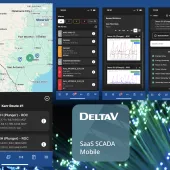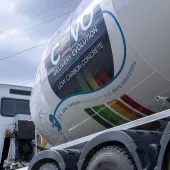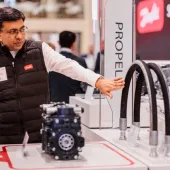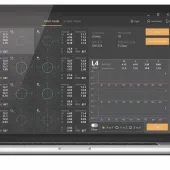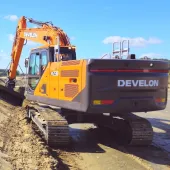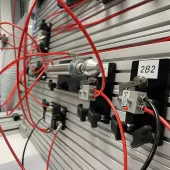Oxbotica and TRL pilot first off-road Code of Practice
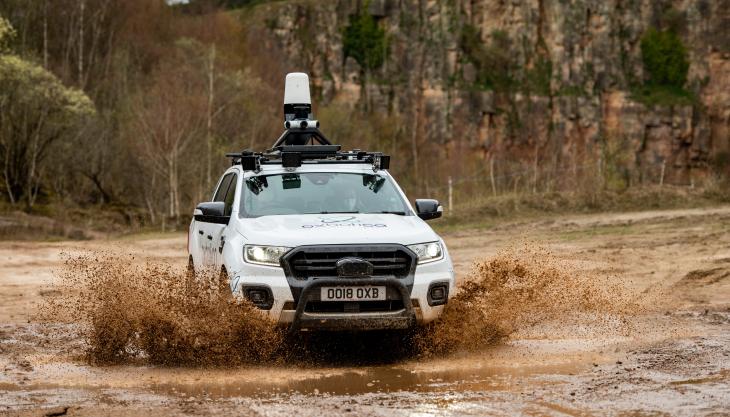
UK quarry used to demonstrate new safety framework for off-highway autonomous vehicle deployment
OXBOTICA and TRL have piloted the use of the first Code of Practice for the safe and cost-effective deployment of autonomous vehicles in unstructured off-highway environments, with a live trial conducted in a quarry using a number of off-road vehicles.
The Innovate UK-funded consortium has developed and demonstrated capabilities to adapt and retrofit autonomy, using robust low-cost sensors, to any vehicle, as well as drafting a Code of Practice that identifies the key elements for safe and efficient deployment of autonomous vehicles in off-road industries.
Off-road environments, which can include mines, quarries, farms, refineries, warehouses, ports and airports, feature more varied hazards and less-structured scenarios than on-road settings with no universal highway rules, such as speed limits or junction etiquette. A Code of Practice helps to standardize across industries and allows learnings from each domain to be shared.
Off-road vehicles also have to interact with a wide variety of unpredictable objects in their environment, either because they block the vehicle’s path, such as undergrowth or tree branches, or because engaging with them is part of the vehicle’s primary function, such as excavating or harvesting.
With autonomous vehicles commonplace in many of these industries, working to deliver safety, efficiency and productivity, the Code of Practice will help organizations to transition to new working practices and harness the potential benefits with no impact on safety.
To demonstrate the Code Of Practice and highlight its potential to work across a range of vehicles and industries, Oxbotica and TRL deployed a Ford Ranger and a Range Rover Evoque, retrofitted with Oxbotica’s autonomy software platform, in a UK quarry in April 2021. The vehicles were fitted with a full suite of sensors, including LiDAR, radar and stereo cameras.
Oxbotica’s technology has already operated in a range of environments without road markings across Europe, Asia and America. Their pioneering software, which seamlessly transitions between sensors to operate across multiple domains and environments, is capable of using sensors independently or fused in any combination, meaning vehicles can drive with or without maps, depending on what is available at any given time.
Ben Upcroft, vice-president of technology at Oxbotica, said: ‘Our autonomy software platform is capable of being integrated with any vehicle, in any environment. In order to harness the true power of this technology, operational regulations need to be developed in unison to ensure safe and efficient deployment.
‘Consortia such as this are a key stepping stone in ensuring the safe operation of autonomous vehicles in complex scenarios and in enabling scale-up to full commercial deployment in industry settings.’
Dr Ianto Guy, project lead at TRL, said: ‘This Code of Practice seeks to provide high-level guidance to organizations, in all sectors of the off-highway industry, on the ways in which working practices should be adapted to ensure that the adoption of autonomy is as smooth and safe as possible.
‘The aim is that this Code will support safe practice, build public confidence and encourage co-operation between organizations across all industries employing off-highway autonomous vehicles.
‘It is hoped that off-highway industries will use this Code of Practice as a starting point for discussion and build on the recommendations made here to develop comprehensive best-practice guidelines.’



